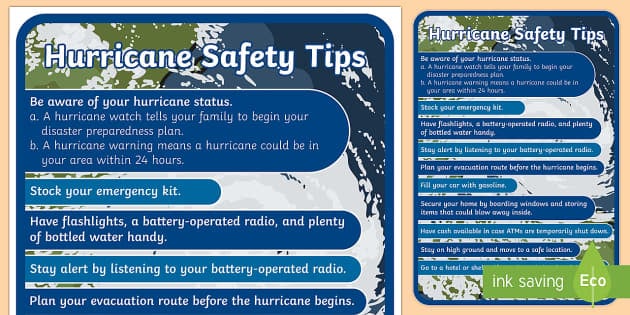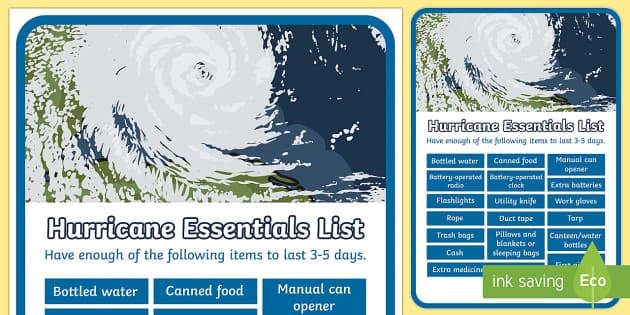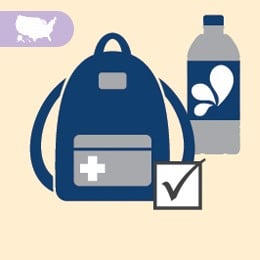About This Lesson
Calvin is one unusual starling! While his siblings and cousins learn to fly, this rare bird lets his imagination soar while reading about pirates, dinosaurs, and other fascinating things. The other birds call him "geeky beaky," but Calvin just ruffles his feathers and buries his beak in a book. Yet, when it comes time to migrate, poor Calvin suddenly realizes he can't fly! His sisters, brothers, and cousins carry him into the air. But on their way south, the winds blow hard, the trees bend, and the air starts to smell strange. It's a hurricane, and only Calvin can save the day—because he has read all about it!
Storyline Online's Calvin Can't Fly is read by Jonathan Pryce, written by Jennifer Berne and illustrated by Keith Bendis.

















